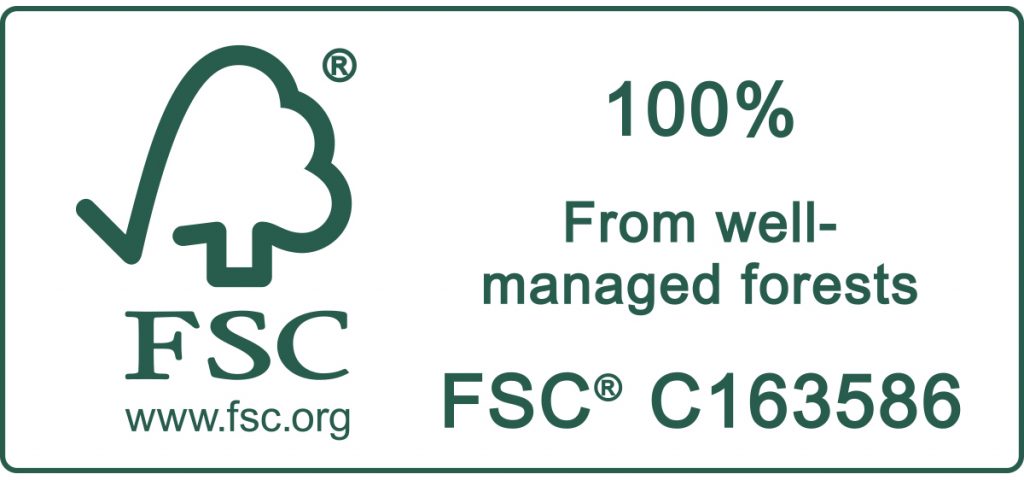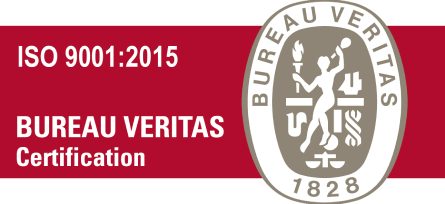The structure of your board is the backbone that enables it to take effective decisions. The typical board meeting begins with a formal call to order where the chairperson welcomes everyone and introduces new members and then outlines the vision and mission statement. The next step of the board meeting is to go over and approve previous meeting minutes. This gives the board a snapshot of where the organization is.
Once the board has discussed the past performance, it’s time to look toward the future with strategies that can help increase nonprofit awareness, expand donor and member numbers and create fundraising opportunities and translate ideas into actionable actions for every department. During this portion of the board’s meeting the senior management team should present their ideas for growth and ask for input from the rest of the executive team. The board should then come to an agreement upon a strategy which can be implemented within the specified timeframe.
It is also an opportunity to work through any obstacles that may hinder the implementation of the plan, such as budgetary concerns or time constraints. The board needs to think of solutions that will assist the company to overcome these obstacles and move forward.
The time during the meeting is usually reserved for announcements, congratulatory messages or condolences the attendees may have. It also includes important items to add to the next session’s agenda. After that, the chairperson of the board typically concludes the meeting by stating the end time so that the secretary is able to record the meeting’s minutes.
https://naturalboardroom.com/4-questions-about-board-conflicts-of-interest/





